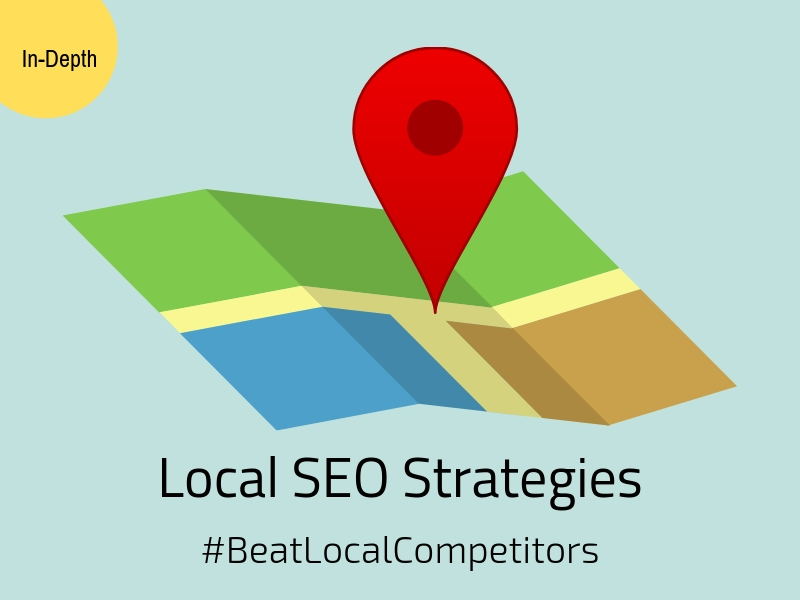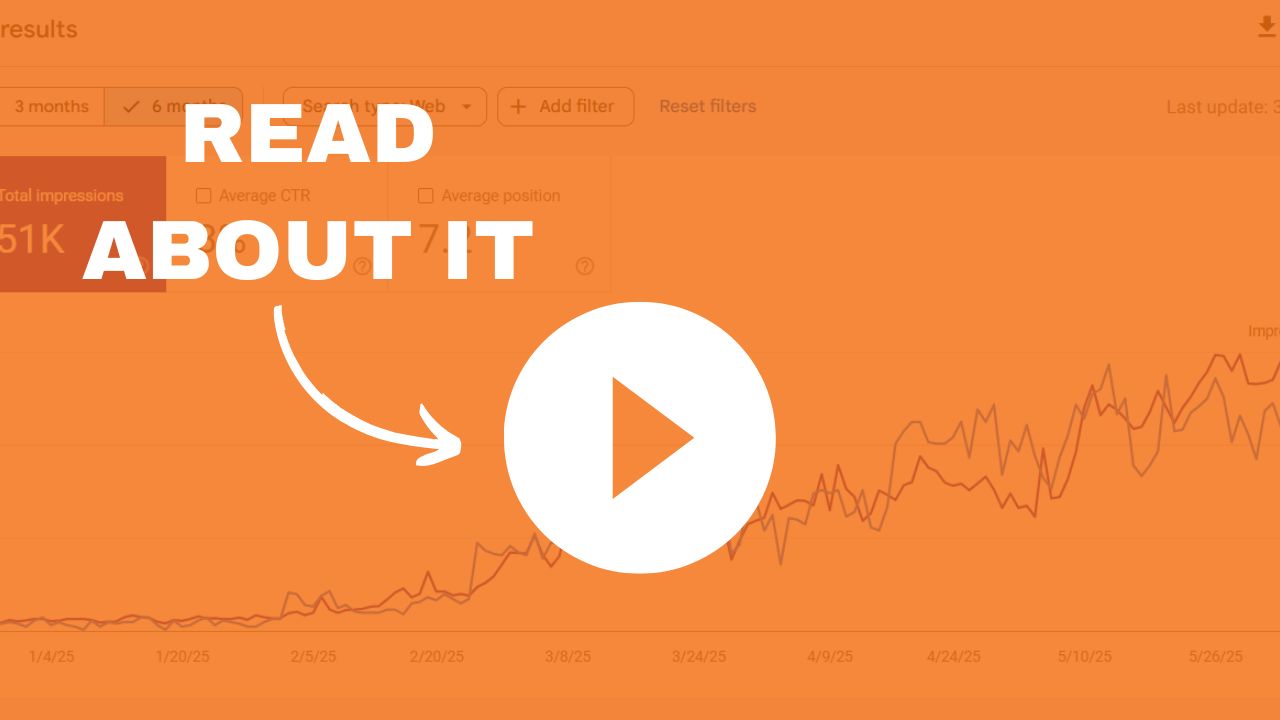How To Get Out Of Google Sandbox Quickly [Case Study]

Are you interested in getting out of Google sandbox quickly? In this article, I will show you with the help of 2 of my recent case studies on how to quickly get out of it and start ranking for major keywords. You could even start ranking within a matter of 2 weeks like this:

or this:

Curious to know how? Continue to read on.
What Is It?
Google sandbox refers to the stage of your website in which you struggle to rank for major keywords in the Search Results or SERP. During this stage, no matter what you do (both on-page and off-page), everything seems to get “stuck”.
Although Google’s representatives have been actively denying the existence of sandbox in the past, any SEO experts would know that whenever you start a new website or work on an inactive site, there seems to exist this period of stuckness.

Why Does It Happen?
Most SEOs think that sandbox exists as a means to combat spam or new sites that are just created to spam the web. However, I don’t completely agree to this, as old websites can also get into it.
This phenomenon became more prevalent in the mid-2000s when Google started adopting machine learning into its system. Since machine learning takes in the input from various sources and adjusts the weight of each ranking factor accordingly, sandbox, hence, happens when the system doesn’t have enough signals to process the information and therefore, isn’t able to rank you well enough.
Types Of Website Experience It
As mentioned above, not only new websites get into this stage, although it’s most commonly seen in the new domains.
The types of websites that get stuck are:
- New websites or new domains
- Old domains or websites that have been inactive for a while
- Sites that don’t have a consistent flow of positive signals
5 Proven Ways To Get Unstuck
As mentioned above, sandbox happens when your site doesn’t have enough signals for the system to process. Hence, the way to get out of it quickly is to feed the system with enough quantity of signals as fast as you can, by following the following steps:
1. Build out strong topical relevance quickly
The first steps is to publish high-quality content as quickly as you can by covering the topics as much as you can. This helps signal to the system that your site is growing in a constant phase and that the site is becoming more relevant to the topic.
If your domain is aged and has gotten into the sandbox phase, then I recommend refreshing up some of the old content and simultaneously adding the new one.
2. Get listed on top profile and directory sites
The next step is to get your site listed on all the major social profiles and directories. This includes places such as Facebook page, Twitter, and Pinterest. Also don’t forget your industry-related directories and some of the major review sites like Trustpilot, Cruchbase, etc. These sites have massive authority and trust and can help establish your site as a trusted entity.
3. Build backlinks step-by-step and consistently
After listing your sites on the trusted profiles, you should see some of the links popping up in your backlink profile. Continue to build links further from other safe sources such as press releases and guest posts. Start slowly and consistently. Don’t go overboard with the more powerful types of links like PBN or niche edits. Make sure to use safe anchor texts such as branded and naked URLs.
4. Get some user signals and brand signals
What most people don’t tend to think about is user signals and user engagement. I’ve written a couple of case studies on user engagement and how important it is to Google. You can read on them here. So start running some ads, build out your brands, collaborate with other big brands, get some social media shoutouts, etc. The goal is to get some eyeballs and promote your site so people can engage with it.
5. Rinse and repeat the above process
The goal is to be consistent across the board when you feed the system with all the signals, and remember to do it fast and high quantity enough, especially step 1,3, and 4.
How Long Does It Take To Work?
There’s really no fixed answer here, but on average, it takes roughly about 3-6 months to get of the sandbox. However, if you feed the system with enough signals fast enough, you could easily get out of it within 2 weeks, like this client of mine, where I got him from #72 to #6 in just 2 weeks, on a brand new domain for the main keyword (local SEO, medium-competition niche):

Here’s the summary of how to avoid Google sandbox effect:
- Publish high-quality content regularly
- Join trusted business directories
- Build backlinks consistently
- Generate social & brand signals
- Target low-competition keywords
- Build a website using an active aged domain
- Optimize for crawl
- Maintain a consistent flow of positive signals
Want To Know Some SEO Tricks?
If you’re looking to learn more on how to get your rankings fast, in the most effective and affordable way, without having to spend way more than necessary, then feel free to check out my SEO coaching program where I train you to become the master of SEO, based on scientific testing and experiments. And you will be amazed at how quickly you can get results.



![15 Best SEO Books [Top Recommended For 2020]](https://techjackie.com/wp-content/uploads/2019/03/seo-books.jpg)
![[Case Study] Recovering Hacked Health Website From SEO Algo Penalty](https://techjackie.com/wp-content/uploads/2023/09/Recovering-Hacked-Website-From-Algorithmic-Penalty-768x576.jpg)

![[Case Study] How I Helped This Local Construction Client Crushed His Competitors On Google](https://techjackie.com/wp-content/uploads/2022/12/local-construciton-seo-case-study-768x576.jpg)
